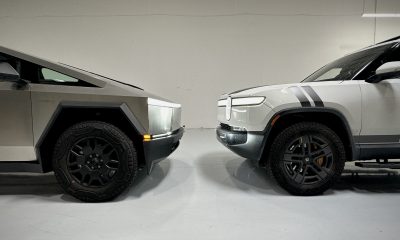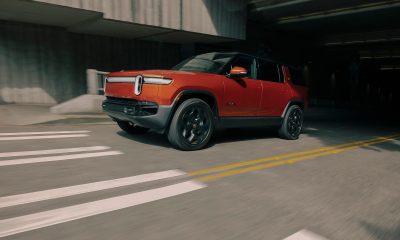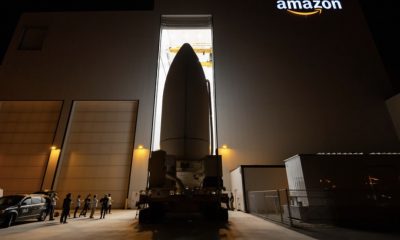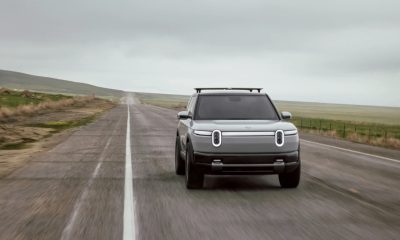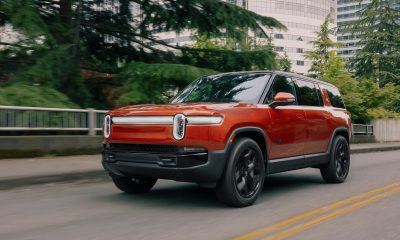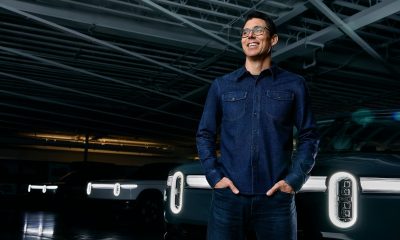News
Rivian and Amazon announce huge milestone with EDV
The companies announced today that they had officially launched the EDV in Canada for Amazon, as the first 50 units are out and about in Vancouver, and the company said it was “marking an exciting milestone in our five-year history of operations in Canada.”
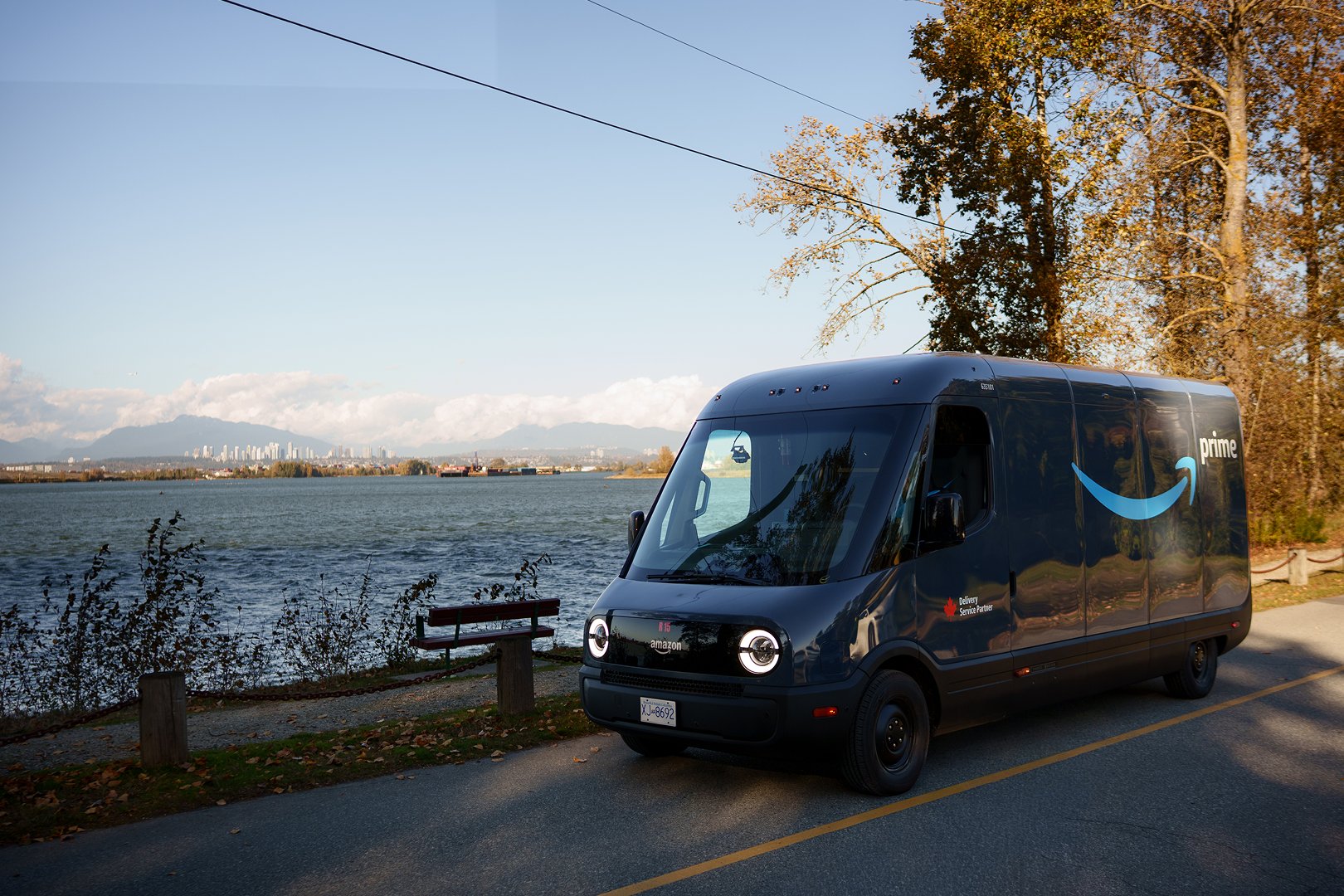
Rivian and Amazon have announced a huge milestone with their Electric Delivery Vehicle (EDV), the van that the two companies developed for the e-commerce giant to sustainably deliver packages to customers.
The EDV was first unveiled back in September 2019, when Amazon announced a massive investment in Rivian and placed an order for 100,000 electric vans, aiming to deploy them by 2030 as part of the company’s sustainability goals.
Production started in 2021 in Normal, Illinois, and entered Amazon’s fleet of active delivery vehicles over the Summer of 2022. Amazon kept the initial vehicles in major metropolitan areas and eventually started rolling them out to more delivery hubs across the United States.
In December 2024, the companies announced they had successfully deployed 20,000 EDVs across the U.S. In the first half of this year, 10,000 additional vans were delivered, and Amazon’s fleet had grown to 30,000 EDVs by mid-2025.
Amazon’s fleet of EDVs continues to grow rapidly and has expanded to over 100 cities in the United States. However, it has just reached a new milestone, and it has nothing to do with the size of its fleet.
The companies announced today that they had officially launched the EDV in Canada for Amazon, as the first 50 units are out and about in Vancouver, and the company said it was “marking an exciting milestone in our five-year history of operations in Canada.”
The first Rivian Electric Delivery Vans have arrived in Canada as @amazon announced that 50 vans are hitting the road to serve the Vancouver area – marking an exciting milestone in our five-year history of operations in Canada. 🍁 https://t.co/rc6GvSRX2v pic.twitter.com/0jAQ3ABkYt
— Rivian (@Rivian) October 30, 2025
The EDV is a model that is exclusive to Amazon, but Rivian sells the RCV, or Rivian Commercial Van, openly. It detailed some of the pricing and trim options back in January when it confirmed it had secured orders from various companies, including AT&T.
The RCV starts at $83,000, and is one of the few electric vans on the market that is suitable for package delivery in a commercial setting because of its build and interior features.
Rivian prepares to launch the EDV outside of Amazon as the RCV – Here’s when
However, it also seems to be a great option as a service vehicle for companies, which is likely why AT&T is going to utilize it.
News
Neuralink Head of Surgery teases exciting Tesla Optimus update
If successful, the test could result in Neuralink patients accomplishing impressive feats using Optimus.
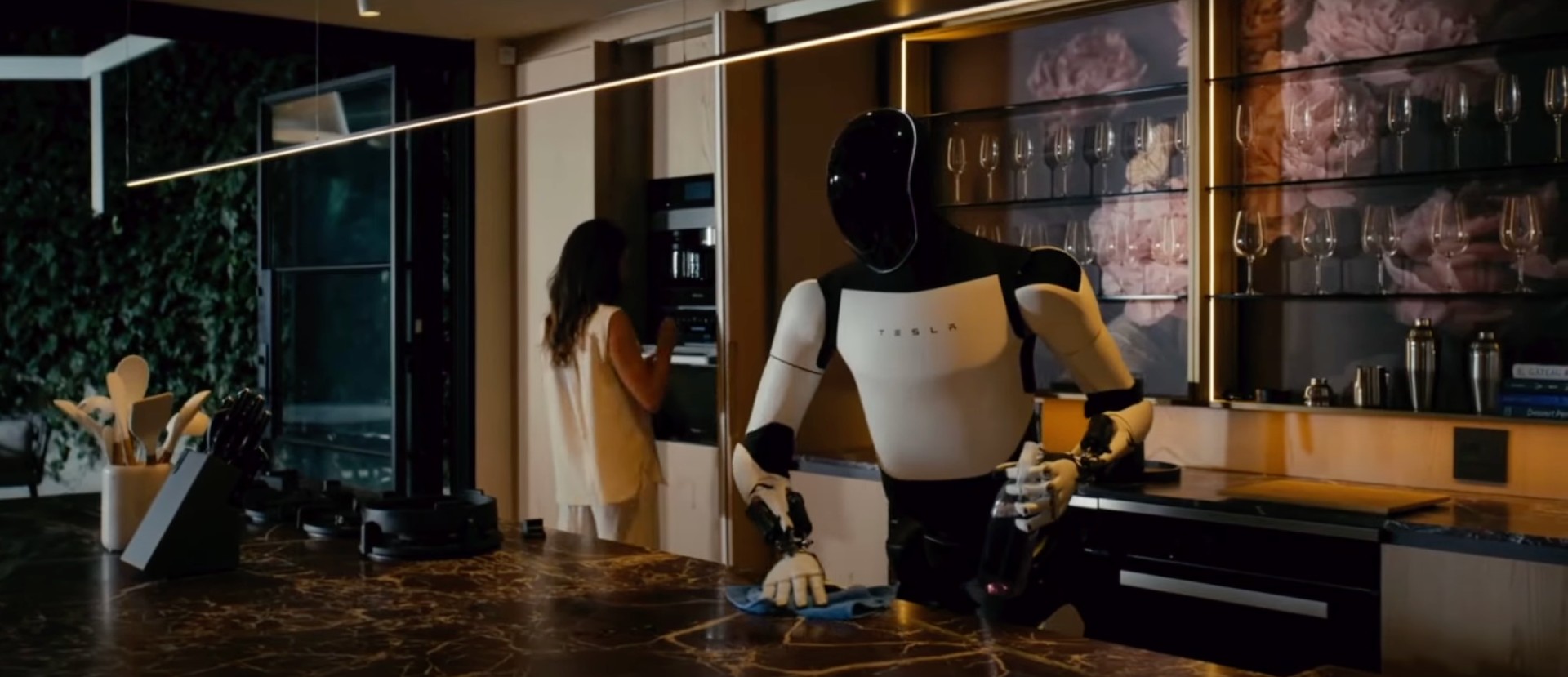
Neuralink’s Head of Surgery has teased what could very well be the an incredibly ambitious and insane collaboration with Tesla Optimus, Elon Musk’s humanoid robot that is expected to start initial trial production sometime next year.
If successful, the test could result in Neuralink patients accomplishing impressive feats using Optimus.
Neuralink’s current trials
Neuralink recently shared a video of Alex, the second human recipient of its Telepathy device. Alex is part of Neuralink’s PRIME study, and he was selected to be the first patient to control a robotic arm using only his mind. As could be seen in the video, Alex is now capable of operating household appliances using a robotic arm that he controls with his mind.
In response to the video, which was posted by Neuralink co-founder and President DJ Seo, the startup’s Head of Surgery Mechanical Engineering, Danish Hussain, joked that the company is really just helping out people. This was despite critics arguing that Neuralink is some giant evil corporation. “We’re literally just out here helping the homies eat pretzels lol,” the Head of Surgery ME wrote.
Next steps with Optimus
The Neuralink Head of Surgery ME’s comments caught quite a bit of attention on X, with some, such as Elon Musk, highlighting that Neuralink is actually a pretty small company. Other commenters also asked whether Neuralink would eventually train its patients with Tesla Optimus V2, a humanoid robot. Hussain shared an exciting response: “We’re starting simple, but this will happen very soon!” he wrote in a post on X.
Having the capability to control an Optimus robot using only the mind would most definitely be a life-changing ability for Neuralink’s patients. Of course, Tesla might wait until Optimus V3 gets rolled out before such a trial might happen, as that is the variant of the humanoid robot that seems to be heading for mass production. Either way, it seems like an age where Optimus robots can be controlled by thoughts using a Neuralink implant may be coming sooner than expected.
News
Tesla Supercharger Network is so reliable, it’s pushing Model Y sales
Tesla’s Supercharger network is proving to be a key factor in the company’s dominance in several key markets.
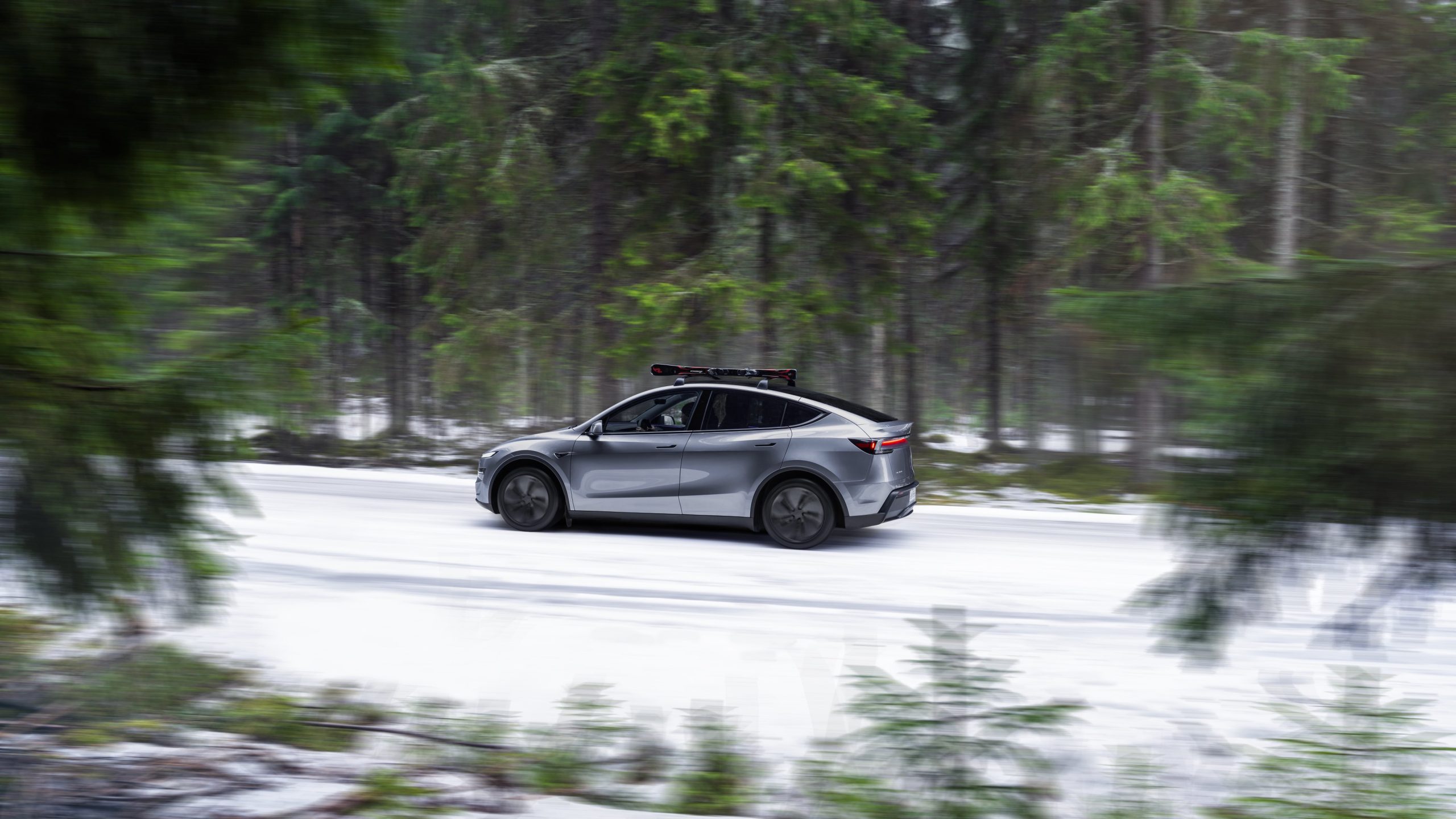
Tesla’s Supercharger network is proving to be a key factor in the company’s dominance in several key markets. These include Norway, which has become a place of strength for the new Model Y.
This was hinted at by Tesla’s Director of Charging, Max de Zegher, on social media platform X.
Supercharger network sets the industry standard
As noted by the Tesla executive, the Model Y accounted for 29% of all vehicle sales in Norway in September. Part of the vehicle’s success was likely due to the reliability of the Supercharger Network, which is class leading even in Norway, where 98% of new cars sold are electric.
De Zegher emphasized on X that Tesla Superchargers are still in a class of their own. An EPSI survey of nearly 1,500 Norwegian EV drivers supported his claim, as Tesla Superchargers retained first place in customer satisfaction for the fifth consecutive year.
The EPSI Survey‘s results
Respondents to the EPSI survey praised the Supercharger network’s strong uptime, abundant capacity, and user-friendly digital solutions, placing it ahead of other operators such as Uno-X. Survey researchers highlighted that Tesla has set the standard when it comes to simplicity in the charging process.
Drivers also cited competitive pricing and seamless plug-and-charge functionality as major reasons they prefer Tesla’s network, especially in Norway’s extreme winter conditions where reliability is critical.
“Tesla has set the standard for simplicity in the charging process. Combined with competitive prices, this means that many electric car drivers say they are likely to choose Tesla again the next time they need to charge,” EPSI noted in a post.
News
Tesla top exec Tom Zhu highlights Elon Musk’s “prime directive” for FSD
Zhu’s comments emphasize Tesla’s uncompromising focus on safety, which has made the company’s vehicles among the safest on the road.
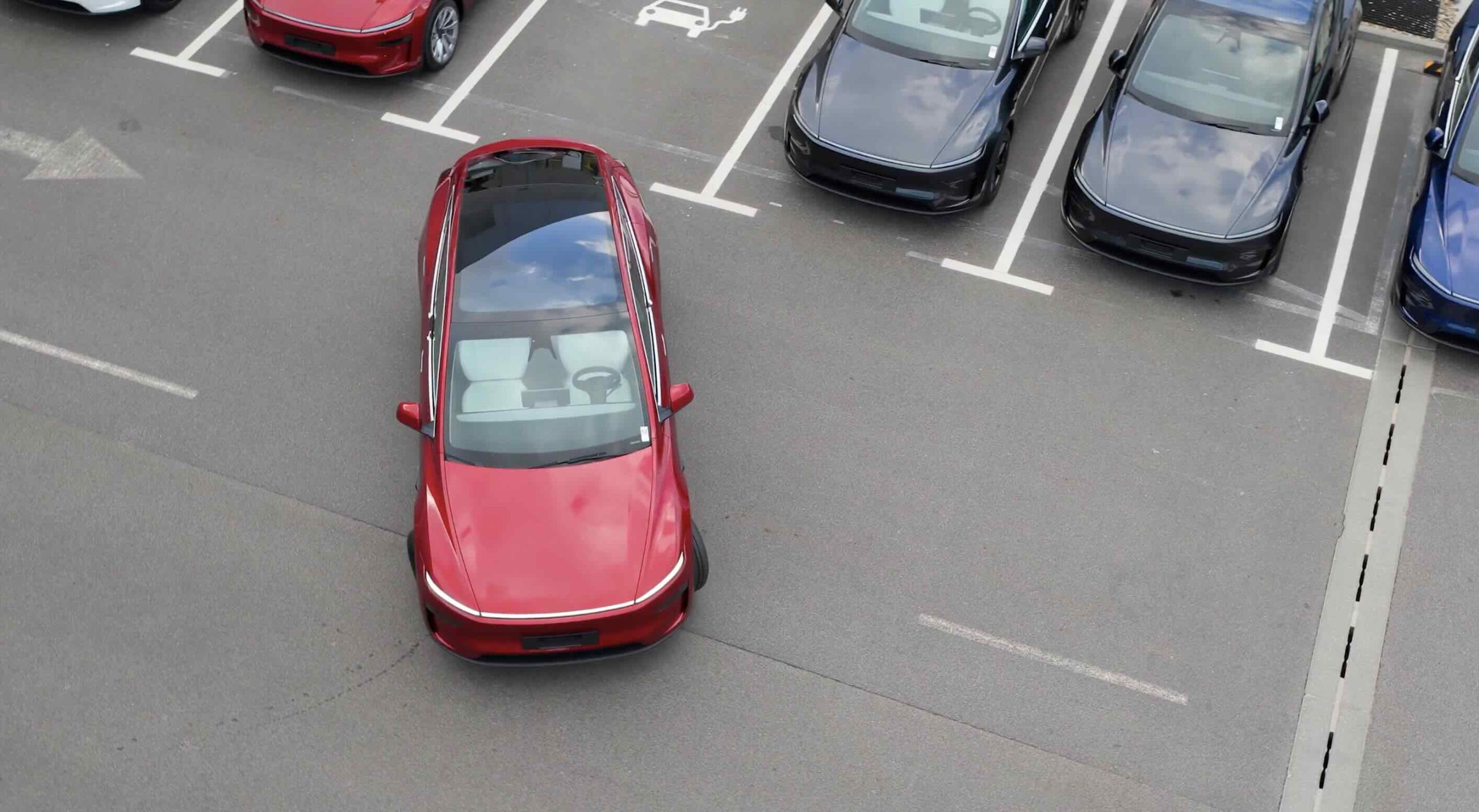
Tesla Senior Vice President for Automotive Tom Zhu, a key executive behind the company’s success in China and Giga Texas, recently highlighted the “prime directive” of Full Self-Driving (FSD).
Zhu’s comments emphasize Tesla’s uncompromising focus on safety, which has made the company’s vehicles among the safest on the road.
Echoing Musk’s vision for safe autonomous driving
Zhu’s post quoted Musk’s statement from 2021, where the CEO reportedly stated that FSD must avoid accidents even if the most ridiculous events happened in the middle of the road. Zhu stated that beyond everything, Tesla’s systems like Autopilot and FSD are designed to keep passengers safe.
“Elon said it in 2021: “For self-driving, even if the road is painted completely wrong and a UFO lands in the middle of the road, the car still cannot crash and still needs to do the right thing. The prime directive for the autopilot system is: Don’t crash. That really overrides everything. No matter what the lines say or how the road is done, the thing that needs to happen is minimizing the probability of impact while getting you to your destination conveniently and comfortably,” Zhu stated.
“The prime directive, the absolute priority, is to minimize the probability of injury to yourself or to anyone on the road, to pedestrians, or anything like that. It can’t be dependent on the road markings being correct.”
Tesla leadership rallies behind global FSD rollout
Tom Zhu, who previously led Tesla China through its record-breaking growth phase, now oversees automotive operations worldwide. He has reportedly become a problem solver for Elon Musk over the years, with previous reports stating that he was brought in to help Giga Texas optimize its vehicle production ramp.
Zhu’s comments may sound ambitious, but FSD has proven that it values safety above all else over the years. This was highlighted recently in an incident in Australia, when a Model Y was hit by what could very well be a meteor. Despite the impact and part of its windshield melting, the vehicle was able to drive safely and keep its passengers safe.
-

 Elon Musk2 weeks ago
Elon Musk2 weeks agoSpaceX posts Starship booster feat that’s so nutty, it doesn’t even look real
-

 Elon Musk2 weeks ago
Elon Musk2 weeks agoTesla Full Self-Driving gets an offer to be insured for ‘almost free’
-

 News2 weeks ago
News2 weeks agoElon Musk confirms Tesla FSD V14.2 will see widespread rollout
-

 News2 weeks ago
News2 weeks agoTesla is adding an interesting feature to its centerscreen in a coming update
-

 News2 weeks ago
News2 weeks agoTesla widens rollout of new Full Self-Driving suite to more owners
-

 Elon Musk2 weeks ago
Elon Musk2 weeks agoTesla CEO Elon Musk’s $1 trillion pay package hits first adversity from proxy firm
-

 News2 weeks ago
News2 weeks agoTesla might be doing away with a long-included feature with its vehicles
-
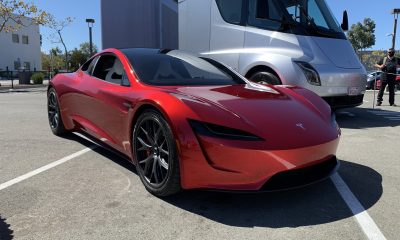
 News2 weeks ago
News2 weeks agoTesla updates fans on its plans for the Roadster


